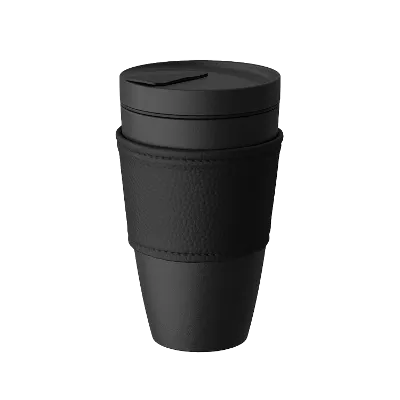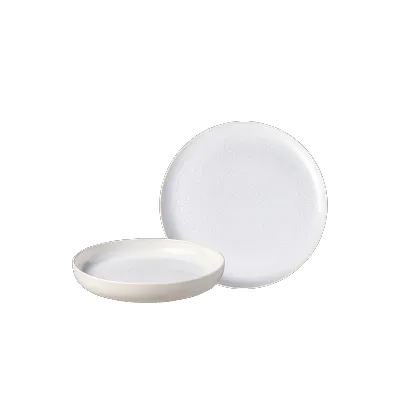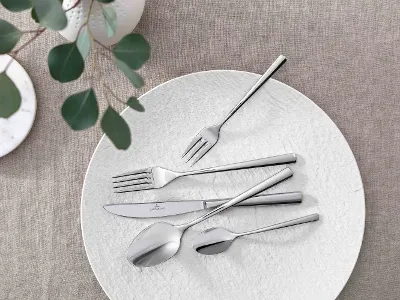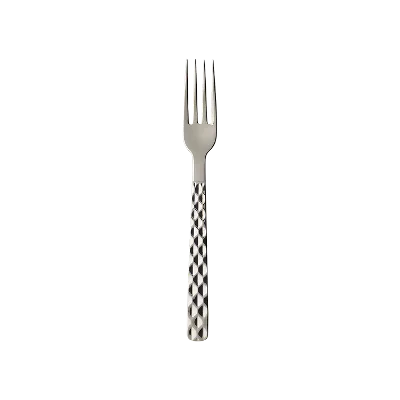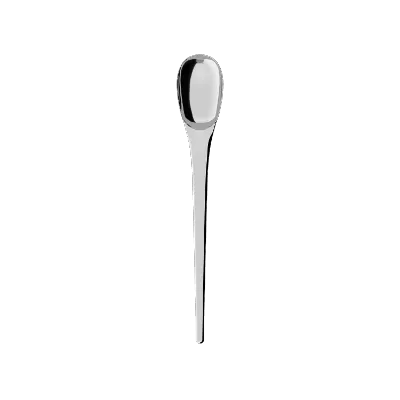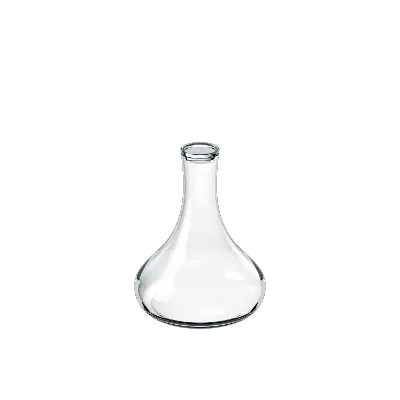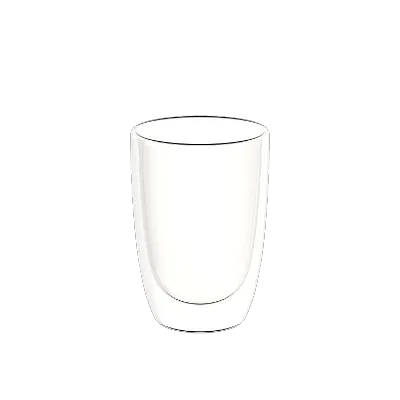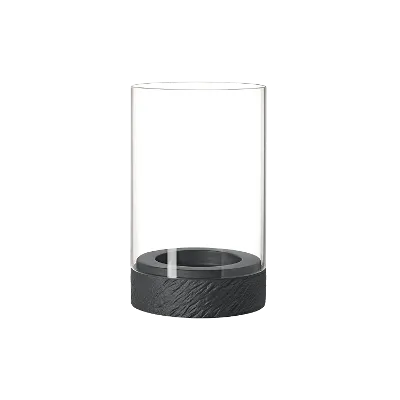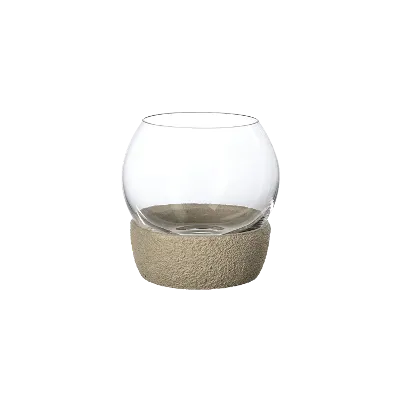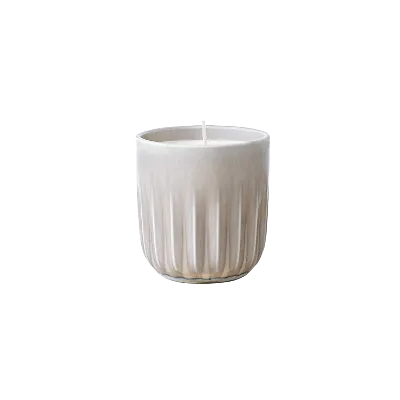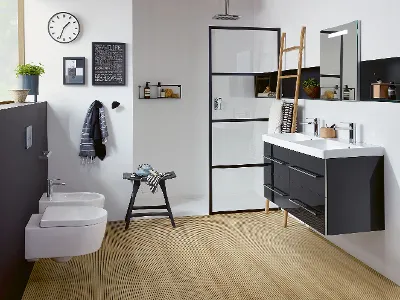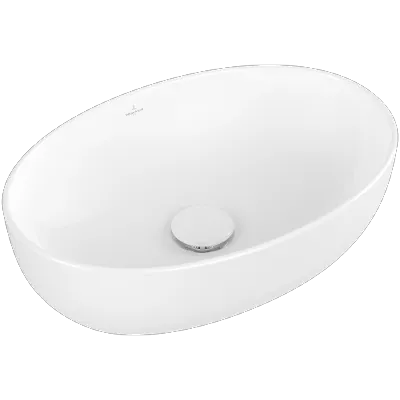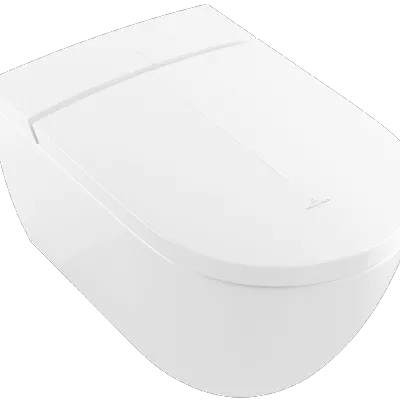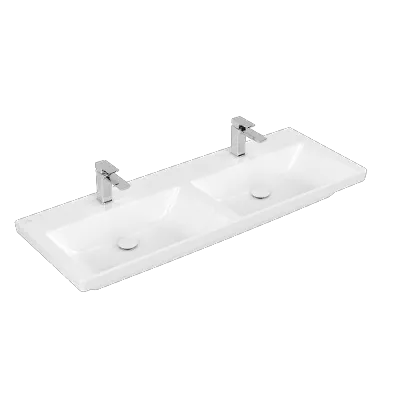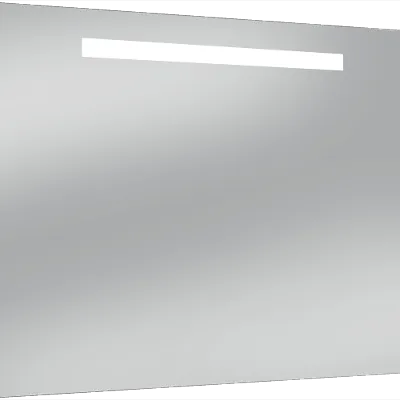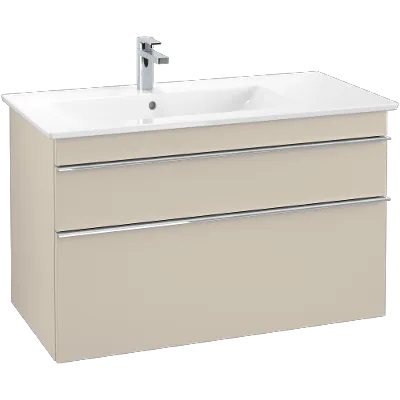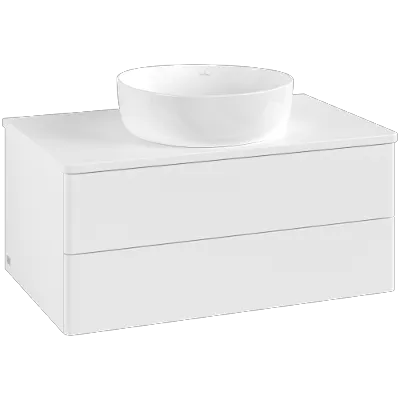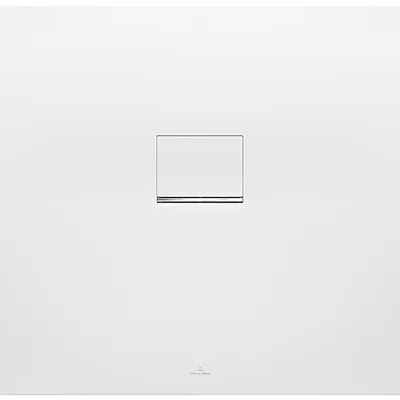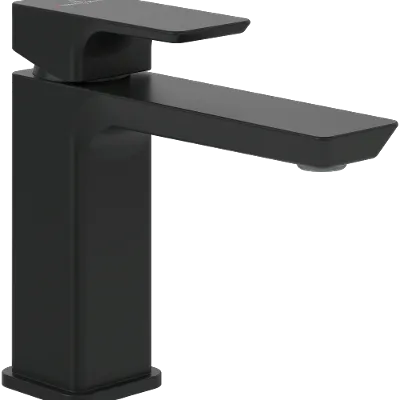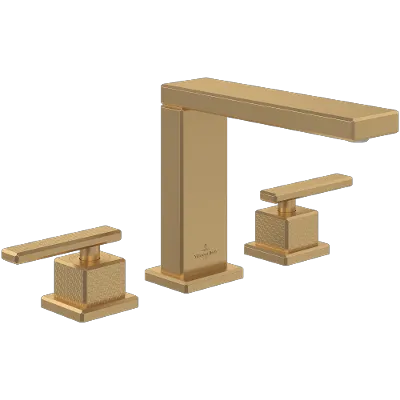Summer Sale: Up to 40%[0] discount on selected articles

Cleaning the drain
A blocked drain calls for quick action. Limescale, hair, soap residue and skin oil can block a drain and stop the water from flowing away. The following tips should help you solve the problem!
Content
At a glance
Take care when using chlorine cleaners as they can attack and damage surfaces
Some everyday household products can be used as a gentler alternative to chlorine cleaners
Gurgling sounds from the drain can be an early warning sign of a blockage, or other problems
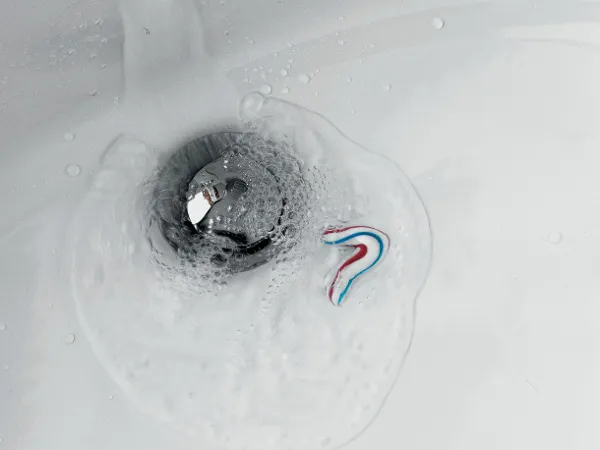
Properties of chlorine cleaners
You can buy special chlorine-based drain cleaners in shops. These chlorine cleaners are usually used for disinfecting. Most of us are familiar with chlorine as a disinfectant commonly added to swimming pool water. Its sodium hypochlorite content is highly effective for cleaning drains and usually dissolves blockages very quickly. However, chlorine is very aggressive and can irritate skin and airways. Chlorine is also harmful for the environment and should only be used sparingly. In many cases, there is no need to use chlorine to clean drains and gentler everyday household products will do the job just as well.
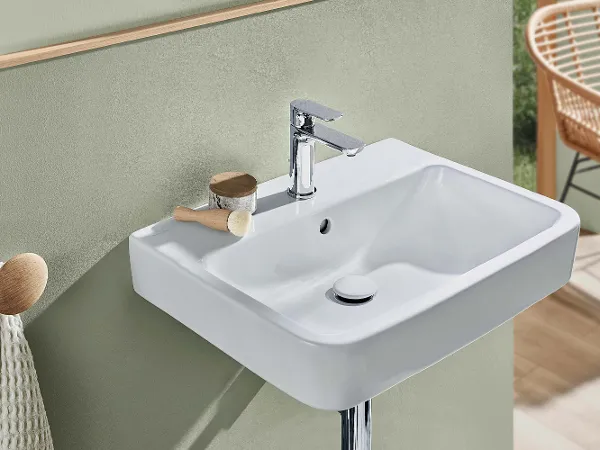
Using chlorine to clean pipes
Take care when using a chlorine cleaning product: Wear protective clothing if possible, such as gloves, a face mask and safety glasses, and avoid inhaling the very caustic fumes.Open the window and make sure there is sufficient ventilation. After cleaning the drain, rinse it thoroughly with clean water. Make sure there is no chlorine residue in the washbasin or shower tray. The aggressive alkaline content of the chlorine cleaner can attack surfaces and damage your washbasin, shower tray or bath.
Where possible, choose organic enzyme-based drain cleaners rather than chlorine.They take a little longer to work, but are gentler and less harmful for the environment.
Cleaning drains without chemicals
You can use products that are far gentler than chlorine to clear a blocked drain. In fact, many of them are readily available in most homes. Blocked drains are usually caused by organic matter that can be treated very effectively with the following products:
Vinegar and baking powder
Sprinkle a few tablespoons of baking powder into the drainage pipe and then pour in around half a cup of vinegar. This triggers a chemical reaction in the drain which releases carbon dioxide. The bubbling and fizzing of the mixture loosens the blockage. Leave the solution to work for around 15 minutes and then rinse with hot water. If you don’t have any baking powder at home, you can use vinegar and salt instead.
Washing soda and citric acid
This mixture works in a similar way to vinegar and baking powder. However, it is much gentler and needs to be left for at least an hour to take effect.
Dishwasher tabs
For stubborn blockages in a drainage pipe, dishwasher tabs can come to the rescue. Dissolve them in hot water and then pour the liquid slowly into the drain, just a small amount at a time.
Coca Cola
This soft drink contains phosphoric acid which is effective against organic matter. In the evening, pour a litre of Coca Cola into the drain – then leave it to work overnight to dissolve the blockage.
Why can you hear gurgling sounds from a drain?
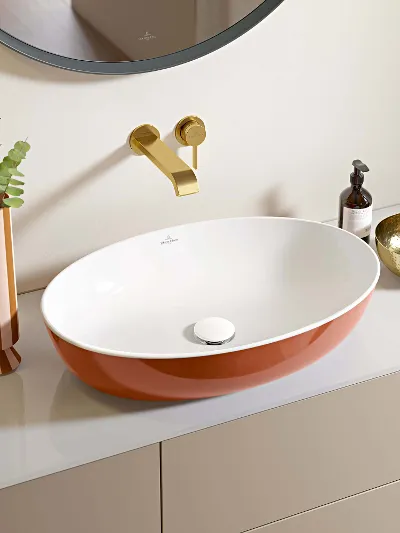

All about your personal spa bathroom
Discover modern bathroom ideas – including cleaning tips and exclusive benefits delivered straight to your inbox.
As a welcome gift, you will also receive a 10% discount on your first order of Dining & Lifestyle products.[0]

